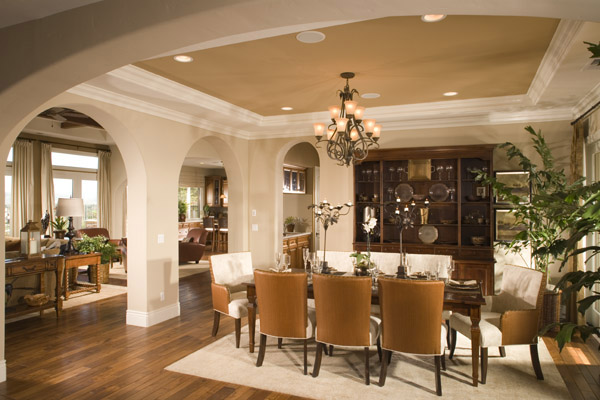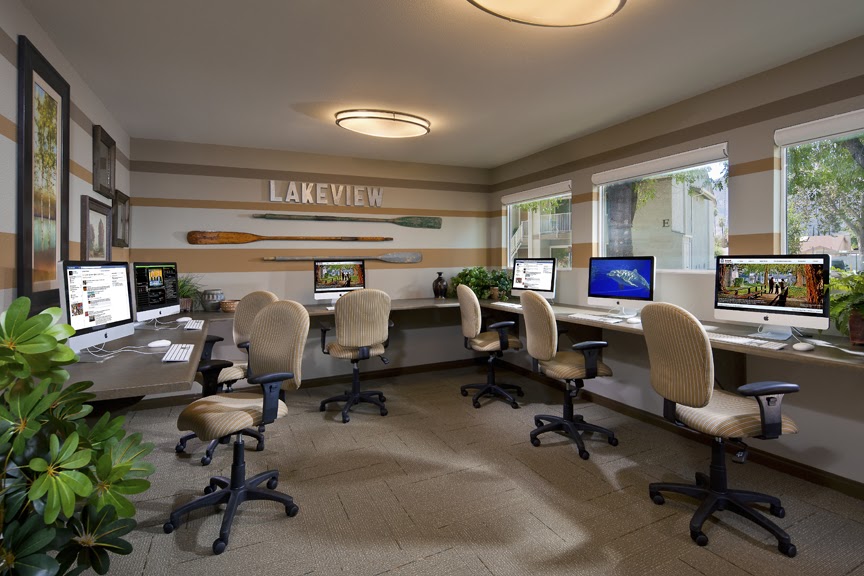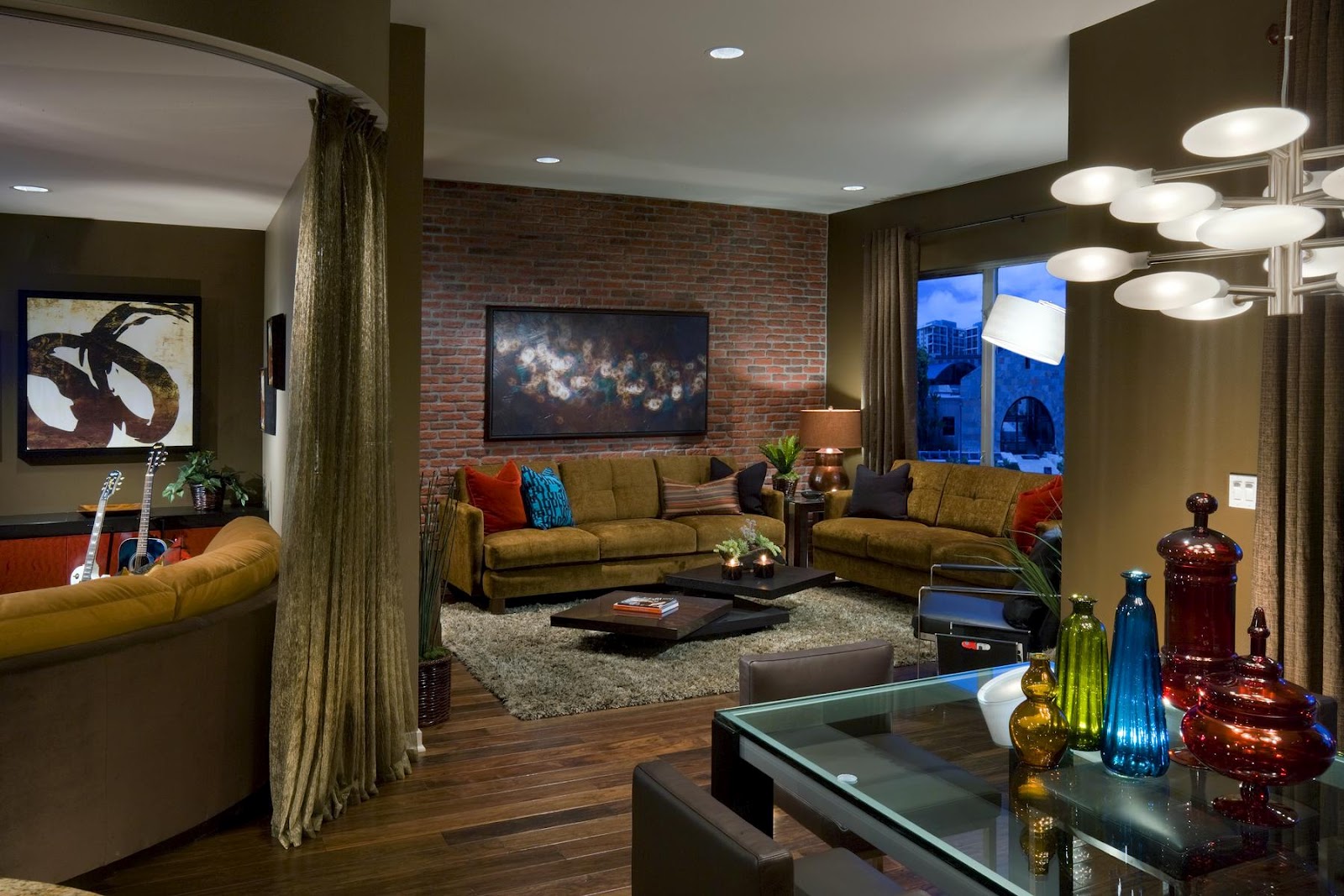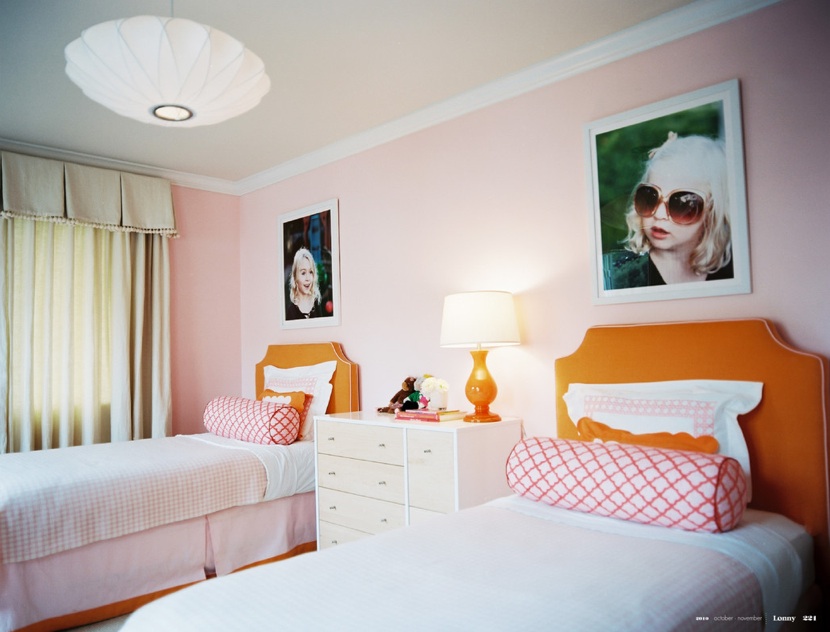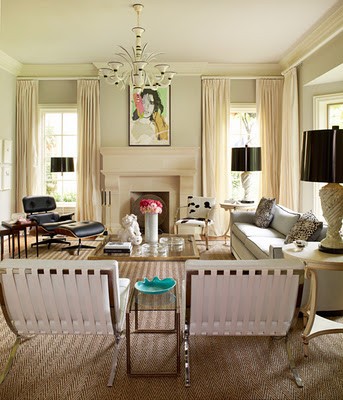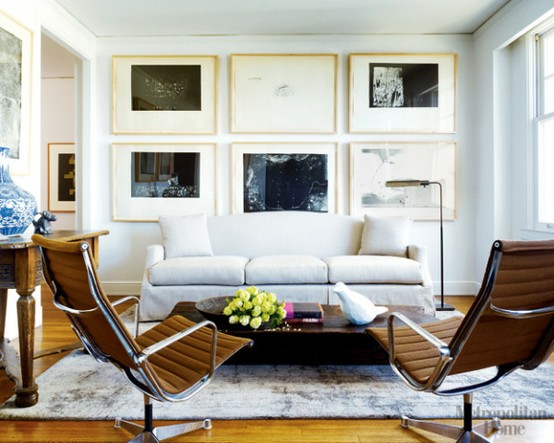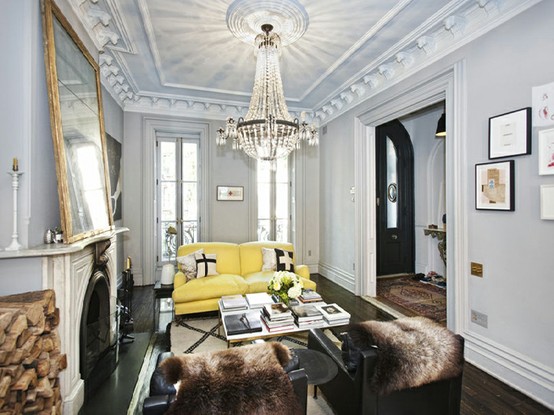Decorating for Dudes: Designer Advice for Creating a Handsome Home
Masculine details in home interior design are clean and simple in appearance with rich colors, strong designs, and an absence of excessive detailing. It’s something that everyone should think about when decorating the home, as the masculine aesthetic is truly appealing to both the sexes…whether women realize it or not! A warm, natural look is very “today” and here are some tips for incorporating it into your home:
Colors
Go with darker tones! Rich color schemes such as chocolate brown, black, grey and deep blue are one of the most effective ways to impart a masculine look in your home design. When it comes to upholstery- stay with the darker shades as well. If you go with a smoky color on the walls, go with a darker, chic brown leather sofa. Color has a great impact on household style. If these colors provide the majority of the backdrop, you can add subtle splashes of color and texture to give the room some depth.
Functionality
Ask any man what the most important factor should be when designing a masculine room and they’ll likely say it’s the electronics. Make sure you plan for this in the design stages. The most important electronic- the television- should be in a location that is comfortably orientated to the furniture. You don’t want to be craning your neck to watch your favorite show! Also consider a stereo or gaming system as a room won’t work for men unless gadgets are integrated into the design. These should be hidden in a cabinet as to keep with the clean and simple style of the room.
If you have a fireplace- make sure to include it in your design! Don’t let it be an after-thought as it’s an element that will add to the masculine feel of the room unlike anything else. Configure the furniture around it as best you can. If you main seating area is focused on a television, create a separate seating area around the fireplace. Trust me- you’ll use it!
Furniture and Lighting
Careful consideration of furniture is essential for a masculine and comfortable room. It is important for that the couch looks good, but it must be comfortable enough so that the man of the house can curl up all afternoon when he wants to watch a football game.
As for tables, chairs and other pieces of furniture – the pieces should be strong and solid. Items that are extremely ornate with floral carvings should be replaced with pieces with strong lines, elegant curves and simple accents. Consider a reclaimed wood piece such as a coffee table to add texture to the room. The key does not lie in making the room a masculine room, but rather, avoiding a style that is too feminine.
Lighting is also very important, as we’ve blogged about many times. Make sure you follow the basic rules and have multiple sources such as recessed lighting and table lamps, but consider adding an industrial element such as exposed lighting. Having fun with details like this will make for a handsome home that everyone will appreciate.
Accessories
When it comes to other props and ornaments Look for items that are interesting rather than merely pretty – international ornaments like Chinese lacquer boxes, African tribal bookends, Moroccan candlesticks. etc.
And when it comes to the vast array of wall art available today, men, stereotypically, like animal prints and woodland scenes. Women tend to gravitate to garden and cottage landscape scenes. If a landscape cannot be agreed upon, consider a seascape or a coastal scene. Architecture and city scenes also make good compromises and anything abstract will look right at home.










